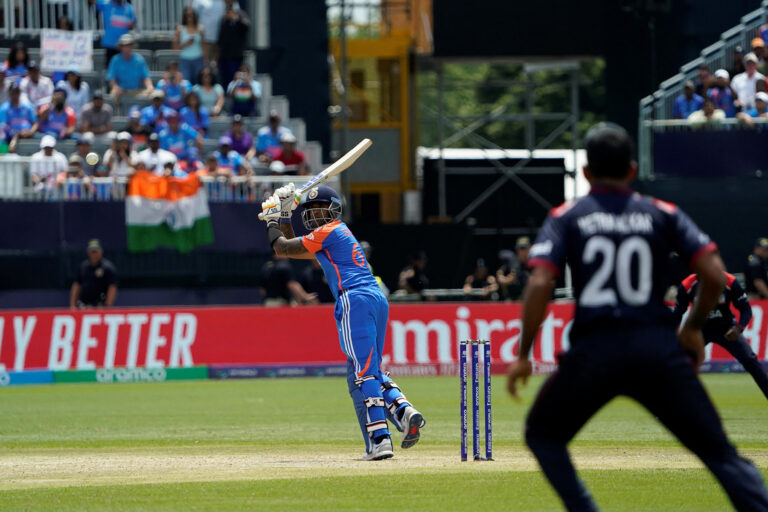Cricbet99: How to Bet on Major Adaptive Cycling Championships
Fairplay, Cricbet99: Adaptive Cycling Championships stand out from traditional cycling races due to their inclusive nature. Unlike traditional races, where participants compete using standard bicycles, adaptive cycling allows individuals with physical disabilities to showcase their skills on specially designed bikes. This unique aspect brings a fresh perspective to the cycling world, celebrating diversity and resilience on the race track. Additionally, the equipment used in adaptive cycling championships differs significantly, with modifications tailored to meet the specific needs of each athlete, enhancing competitiveness and ensuring a level playing field.
In contrast to traditional cycling races, adaptive cycling championships feature a diverse range of categories that cater to varying degrees of physical abilities. These categories are carefully designed to accommodate different types of disabilities and ensure fair competition among participants. Each category presents its own set of challenges and strategies, adding depth and complexity to the races. By embracing the diversity of cyclists and providing a platform for athletes with disabilities to excel, adaptive cycling championships offer a unique and inspiring experience for both competitors and spectators alike.
Understanding the Different Categories in Adaptive Cycling Championships
When it comes to Adaptive Cycling Championships, understanding the different categories can provide insight into the diverse range of athletes and bicycles involved. Categories typically include handcycles, tricycles, bicycles with adaptations, and tandems. Handcycles are powered by the arms and controlled by steering with the upper body, while tricycles offer stability with three wheels. Bicycles with adaptations may include equipment such as custom pedal systems or handlebars to accommodate athletes with physical impairments. Tandems involve two riders, where one rider acts as the pilot steering and controlling the bike, while the other serves as the stoker providing power.
Each category in Adaptive Cycling Championships caters to individuals with specific needs and abilities, allowing for fair and competitive racing opportunities across a variety of disciplines. The classification of athletes into these categories is crucial to ensure equitable competition and to showcase the incredible diversity and talent within the adaptive cycling community. By recognizing and appreciating the nuances of each category, spectators and enthusiasts can gain a deeper understanding of the challenges and triumphs experienced by these athletes during races.
Key Factors to Consider When Betting on Adaptive Cycling Championships
When betting on Adaptive Cycling Championships, it is essential to consider the performance history of the athletes in the specific category you are interested in. Analyzing past racing data can provide valuable insights into potential contenders and their strengths on different terrains or in various weather conditions. Additionally, understanding the course layout and any potential challenges riders may face during the race can help in making informed betting decisions.
Another key factor to consider is the equipment being used by the cyclists. Different categories in adaptive cycling championships may allow for various types of adaptive bicycles or equipment modifications. Familiarizing yourself with the specific technical requirements of each category can give you an edge in predicting performance outcomes. Paying attention to any rule changes or advancements in adaptive cycling technology can also influence your betting strategy for the championships.







